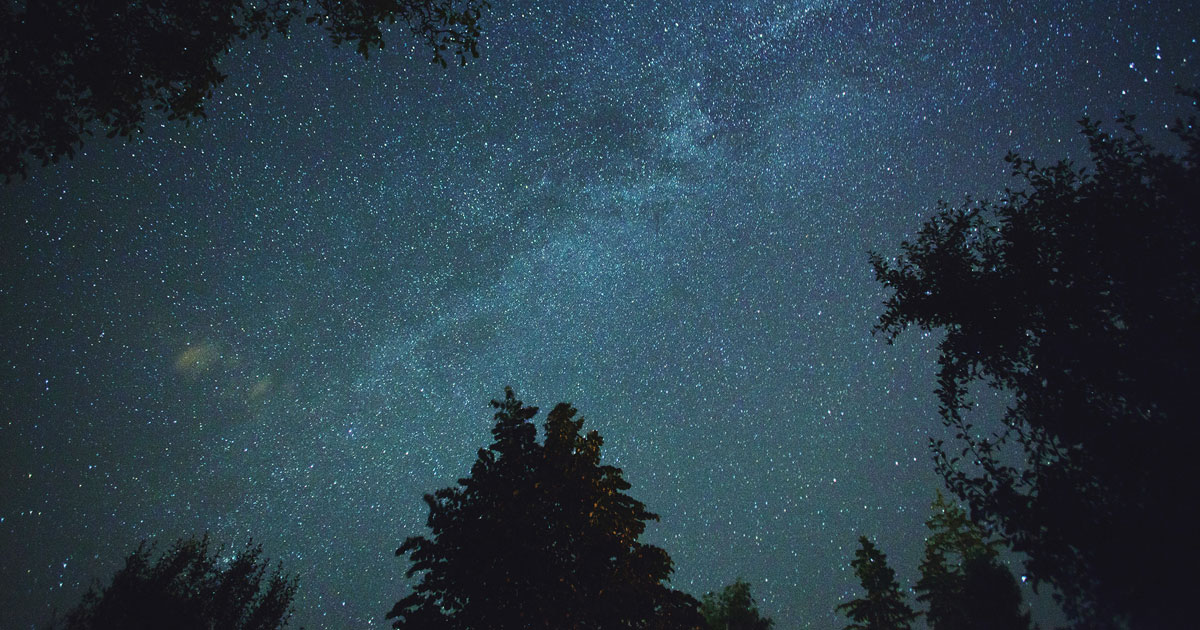It is instinctual to look skyward toward the heavens for answers. For thousands of years, humans have studied cloud formations, wind, rainfall, temperature, the cycle and influences of the moon, the constellations, and planetary alignments. And, during moments of peculiar quietness and impending dread, townships and villages, families and individuals prayed, sang, and pleaded for God’s mercy.
We can thank Polish astronomer Nicolai Copernicus, who discovered that the Sun, not the Earth, was at the center of our universe, while the planets revolved around it in an elliptical path. Since 1508, humans have a grander scientific understanding of how the universe impacts every aspect of our world and life.
Location, Location, Location!
For all we know, Earth is the only planet in the universe with life. Circling the sun in orbit and held in this orbit by gravitational pull, the blue planet’s balance of life and cycling sustainability are dependent on its ideal distance from the Sun—93 million miles. Through the emittance of energy, the Sun stirs our atmosphere, generates weather patterns, warms our surface and oceans, and gives strength for growing plants to make food and oxygen. Some people can also harness heat and light to generate electricity or erect a structure on a smaller scale, such as a greenhouse.
Our Natural Satellite
Humans find relaxation among the grains of sand and the rhythmic ebb and flow coming from the tides. The beachgoer may not realize the tides are crucial to our planet. The daily waxing to waning cycles impact our oceans and seas. The moon pulls through a gravitational force, causing high tides or tidal forces. The result is a bulge, which triggers a collection of water and a release, leading to low tide.
Similarly, the gravitational pull from the moon also impacts water flow and weight inside plants. Sap movement is vigorous during the waxing stage, in which the moon grows fuller, and movement slows as the moon wanes to a thin crescent. Water weight can vary up to 10 percent in the one week leading towards a full moon. The action of cutting, harvesting, and pruning foliage or plants follows a similar pattern. The term “lunar burn” describes the effect of cutting a limb full of new developing buds. The consequence is that the increased levels of sap will engorge the small channels, potentially rupturing them, and destroying future growth. To take advantage of our satellite, timing is essential to foster healthy seedlings, or promote the growth of canes or shoots and fuller branches.
Electromagnetic Spectrum
The definition of light is what the eyes can see that surrounds the body. If we extend beyond the sliver we see to the range of brightness that actually exists, the term broadens to the electromagnetic spectrum. Most of the light in the universe is invisible. For instance, water sprayed in light results in a prism of rainbow colors, comprising short wavelengths of light. Astronomers use the electromagnetic spectrum to peer inside and study dense clouds, dimming stars, the temperature of planets, and the dust found in the Milky Way. The Hubble and Spitzer telescopes show infrared energy at a distance of 300 light-years away. We necessarily need an instrument to look into the heavens, where wavelengths appear as colors, which can reveal energy, viability, and life.
Researchers understand that moonlight, while similar to sunlight, reflects and shifts towards infrared. The effect is a less intense version of the Sun; however, it adds nutrition, which explains the growth in healthy plants and the boost of development in seedlings. Studies prove moonlight has a healing component for plants that promotes regeneration and growth, a full recovery due to the potential for absorbing water content one week before the full moon.
Look up toward the heavens and study the forces at work either with the naked eye, or using a tool such as a telescope! The moon is one aspect of celestial study. Delving into the stars, planets, and beyond will help you understand the powerful forces aiding our world.























